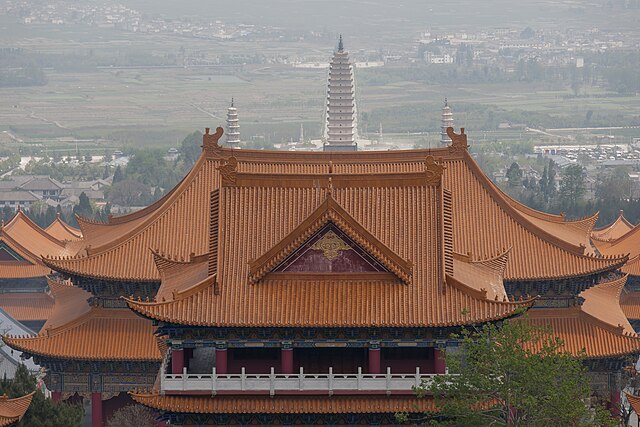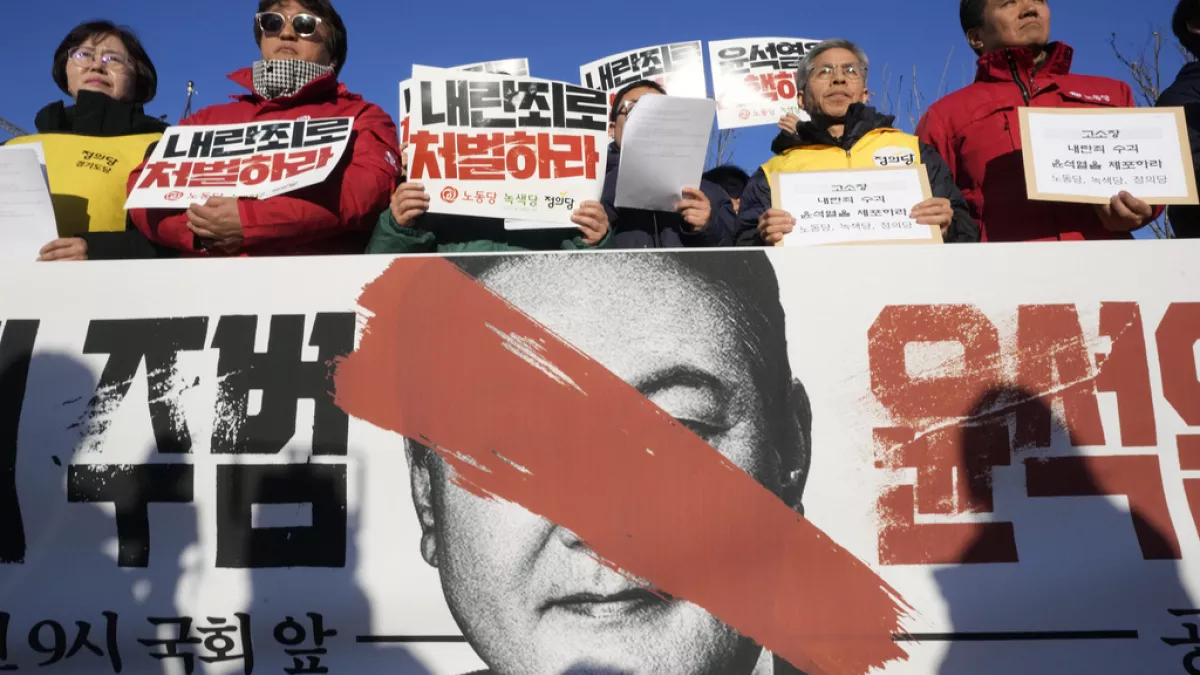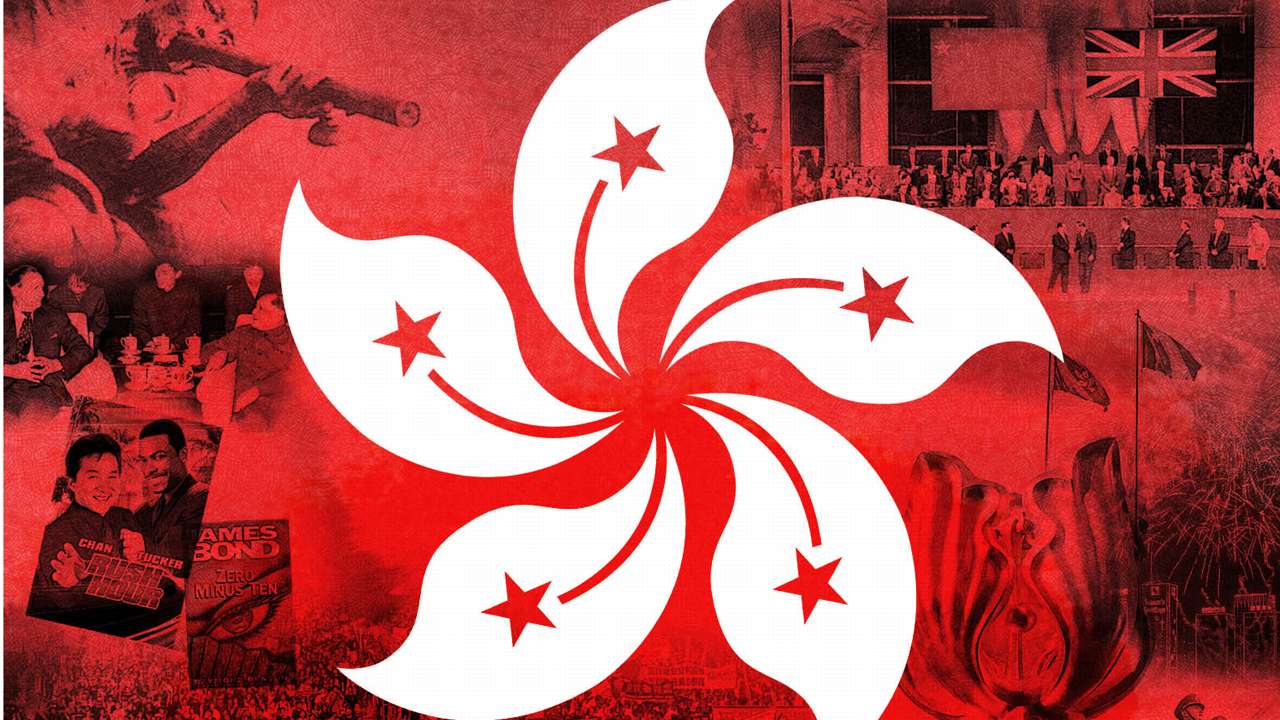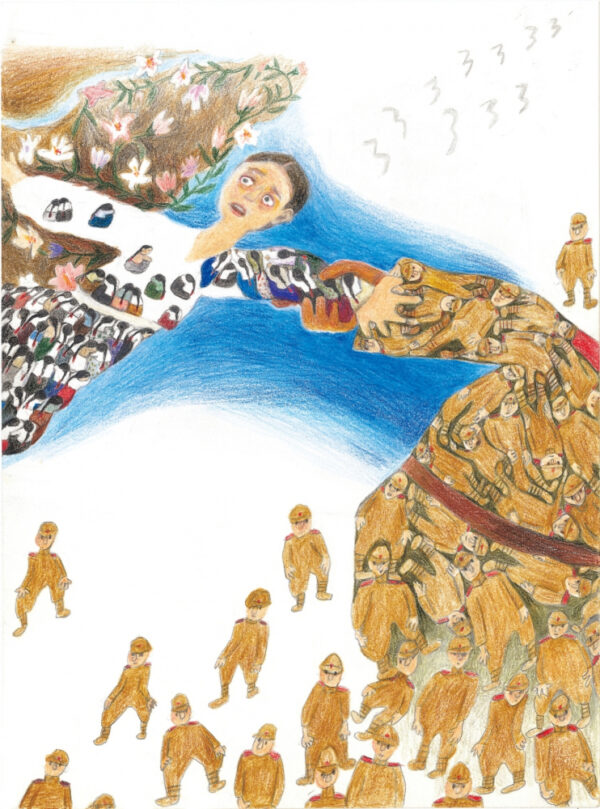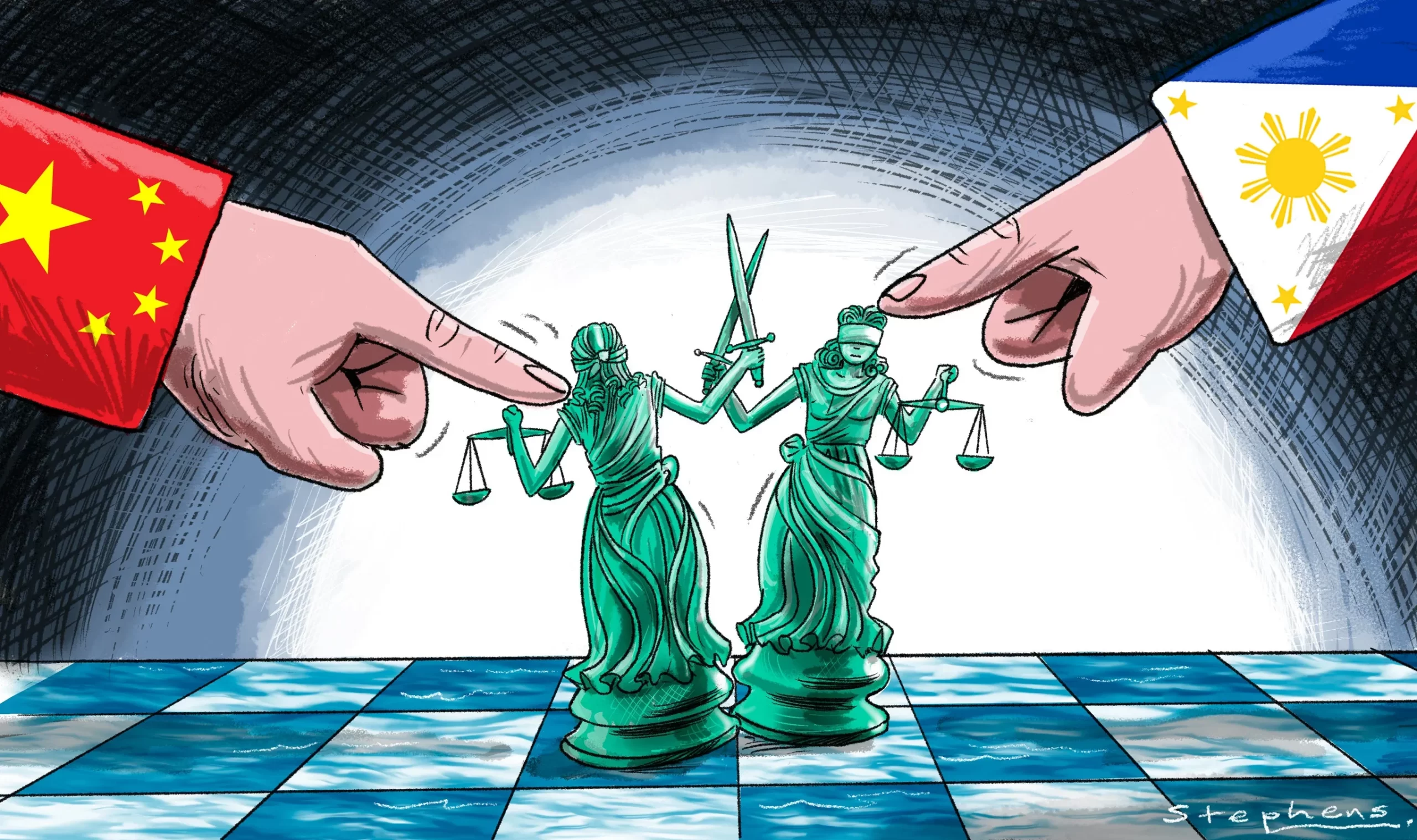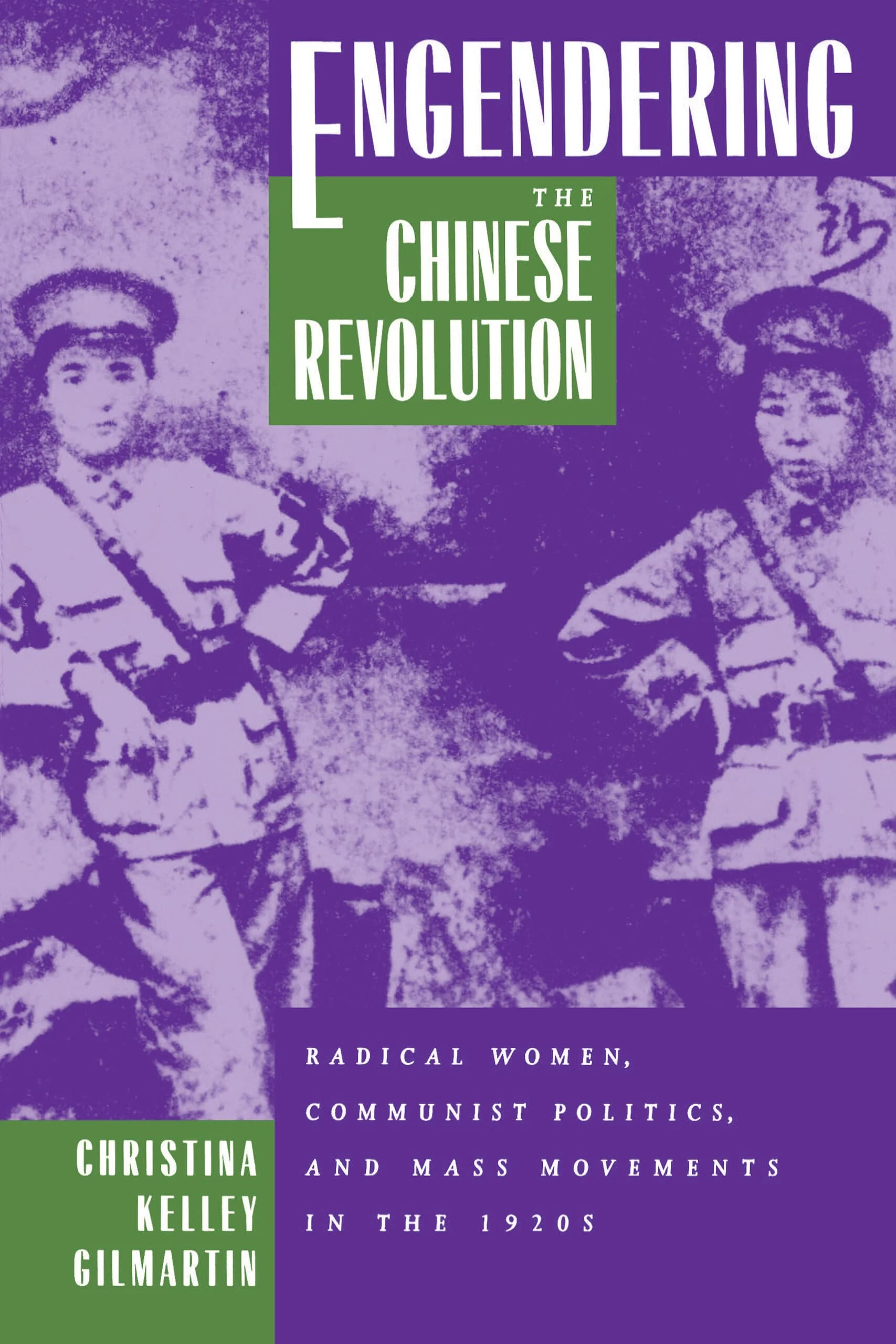Summer afternoons in Beijing can be monstrous: the heat, the air, and the traffic almost absorb you into a fanatic hallucination. I say this from my experience at the Yonghe Temple, or the Lama Temple, in 2023. The number of visitors would have seemed normal if it had not been half a year after the state had uplifted the zero COVID policy, when the economic recession was still lulling over the nation. I was struck by the lengthy queue to purchase the spiritual goods from the temple, particularly the trinkets, a craze which has swept over Chinese social media among the youth along with many similar ones from other temples. I spent almost an afternoon there waiting in line, and then spent another half hour to have the monks bless the trinkets to awaken their power. These trinkets have more than an aesthetic purpose. Echoing a popular saying that emerged around the same time, 在上班和上进之间选择了上香 (zai shangban he shangjin zhijian xuanzele shangxiang) meaning “I choose to burn incense between working and studying”, these objects indicate a new mentality among the Chinese youth and resort to spiritual comfort amidst the gloomy future toppled with over-competitive and low employment rates (Thepaper.cn).[1] In this article, I will try to get a glimpse of the socio-political context of this resurgence of spirituality. I will examine how religions are incorporated into the liberal economic development policy, yet they open up new possibilities of the collective.
Historically, China has been a place of religious plurality. Different religions sowed their seed and morphed with the local belief and practices, ranging from local ancestor worship, Buddhism and Daoism, to Islam and Christianity. Each has its profound and complicated history on this land. Nevertheless, during the Cultural Revolution Era, religious activities were targeted as “capitalist tails” and were banned if not eradicated, driving the surviving beliefs underground (Yang 2011, 211).[2] However, the state recognized the legal status of five major religions —- Protestantism, Buddhism, Islam, Daoism, Catholicism- and bundled them into a “patriotic” association (Ibid).[3] In other words, these religions retain their legality by aligning with the state’s agenda. In the Reform Era, the state shifted its approach to religions from suppression to incorporation and containment. Post-Reform China preferred to promote Buddhism and Daoism, viewing them as part of China’s national cultural heritage, and placed the other three recognized religions under heavy scrutiny and restriction (Chang 2018).[4] However, despite the historical residues of the anti-religious ethos in state propaganda, the numbers of religious believers continued to grow. In the 1990s, a local developmentalist strategy characterized as “religion building a stage to sing an economic opera” emerged(zongjiao datai jingji changxi 宗教搭台经济唱戏), seeking to leverage religion for economic growth (Chang 2020, 441).[5] Temple assets were turned into economic resources, such as the admission and incense service. Despite the central government’s efforts to prohibit this practice, it remained prevalent and has become a crucial source of local income through tourism and subsequent consumption, allowing religion to weave into local economies despite the center government’s anti-religious stance (Chang 2020, 443).[6] However, economic engagement does not equate to autonomy and independence. The religious institutions still need to negotiate with the lay people and the state agents to balance the merit economy and religious authenticity, as well as the capitalist economy and accordance with the state (Chang 2020, 456).[7]
The COVID-19 pandemic reinforced this tradition of religions/state cooperation for economic ends, but this time with different dynamics. The pandemic has interrupted the state’s grand project of Chinese rejuvenation, undoing many years of economic growth. GDP growth rate has significantly declined; meanwhile, domestic consumption and international trade suffer. Worsened by the exits of foreign investments, the urban employment rate has reached its bottom in decades (Li & Li 2023).[8] These economic problems and widespread social discontent have left the party-state regime under unforeseen pressure to alleviate the rising tensions.
In 2023, the number of visitors to temple scenic spots increased by 367% compared to the previous year (Hawkins 2023).[9] While this rising spiritual tourism may be interpreted as a new form of domestic consumption that seeks to capitalize on people’s anxiety, such as anxiety caused by the withdrawal of foreign investment, it would be wrong to assume that this temple visit and the merchandise trend are solely capitalist activities, as spirituality has become an important tool for visitors and believers to reposition themselves in society, opening a pathway for the party-state to alleviate rising tensions. As the popular idiom of choosing burning incense between working and studying has already shown, these practices open a window of temporary escape from the ceaseless involution (neijuan 内卷) and the state’s discipline of neoliberal youth subjects (Xiao, 2020).[10] Religions provide another form of mediation at the moment of crisis – when the secular mediation fails to make sense of the world. Besides the economic incentives, religions came forth to meet people’s demands for comfort and care. In post-pandemic China, when there is no way out and no way to win the game, spirituality may be the sanctuary where people can preserve a sense of hope. While the legitimacy of all religious practices in China is still conditioned on the state, this current trend of spirituality may provide a possible new space where new collectives can emerge and take force, operating outside the secular rhetoric of the party-state.
In conclusion, religion in China was never separated from the interventions of the secular state. Instead, religions have been an essential vehicle of the growth of the market economy. Although post-pandemic spirituality is still not exempted from commercialization, the pandemic crisis allows it to diverge from the neoliberal narrative of the state about progress and development toward an alternative hope for the future.
Qiuzi Mei is a third-year undergraduate student who specializes in socio-cultural anthropology. Meanwhile, she is also pursuing a double minor in Contemporary Asian Studies and Literature and Critical Theory. Her research interests are on migration, secularism, affect and memory.
Bibliography
Chang, Kuei-min. “New Wine in Old Bottles: Sinicisation and State Regulation of Religion in China.” China Perspectives 113, no. 1-2 (113) (2018): 37–44. https://doi.org/10.4000/chinaperspectives.7636.
Chang, Kuei-min. “Between Spiritual Economy and Religious Commodification: Negotiating Temple Autonomy in Contemporary China.” The China Quarterly 242 (2020): 440–59. https://doi.org/10.1017/S030574101900122X.
Hawkins, Amy. “Temple Visits Rise in China as Jobless Young People Seek Spiritual Assistance.” The Guardian. The Guardian, June 22, 2023. https://www.theguardian.com/world/2023/jun/22/temple-visits-rise-china-jobless-young-people-spiritual-assistance.
Li, Haizheng , and Xiangyuan Li. “The COVID-19 Pandemic’s Impact on the Chinese Economy.” China Research Center. China Research Center, March 27, 2023. https://www.chinacenter.net/2023/china-currents/22-1/the-covid-19-pandemics-impact-on-the-chinese-economy.
“在上班和上进之间,年轻人选择上香_澎湃号·湃客_澎湃新闻-the Paper,” The Paper, The Paper, April 12023. https://www.thepaper.cn/newsDetail_forward_22525036.
Xiao, Hui Faye. Youth Economy, Crisis, and Reinvention in Twenty-First-Century China : Morning Sun in the Tiny Times. London : Routledge, Taylor & Francis Group, 2020.
Yang, Fenggang. “Market Economy and the Revival of Religions.” In Chinese Religious Life, edited by David A. Palmer.. Oxford University Press, 2011. https://doi.org/10.1093/acprof:oso/9780199731398.003.0013.
Zhuang, Jay. “Temple Excursions Booming among Chinese Youth.” The China Project. The China Project, September 21, 2022. https://thechinaproject.com/2022/09/21/temple-excursions-booming-among-chinese-youth/.
- “在上班和上进之间,年轻人选择上香_澎湃号·湃客_澎湃新闻-the Paper,” The Paper, The Paper, April 1 2023, https://www.thepaper.cn/newsDetail_forward_22525036. ↑
- Fenggang Yang, “Market Economy and the Revival of Religions,” in Chinese Religious Life, ed. David A. Palmer. (New York: Oxford University Press, 2011), 211, https://doi.org/10.1093/acprof:oso/9780199731398.003.0013. ↑
- Ibid ↑
- Kuei-min Chang, “New Wine in Old Bottles: Sinicisation and State Regulation of Religion in China,” China Perspectives 113 no. 1-2 (2018), https://doi.org/10.4000/chinaperspectives.7636. ↑
- Kuei-min Chang, “Between Spiritual Economy and Religious Commodification: Negotiating Temple Autonomy in Contemporary China,” The China Quarterly 242 (2020): 441, https://doi.org/10.1017/S030574101900122X. ↑
- Chang, “Between Spiritual Economy and Religious Commodification,” 443. ↑
- Chang, “Between Spiritual Economy and Religious Commodification,” 456. ↑
- Haizheng Li and Xiangyuan Li. “The COVID-19 Pandemic’s Impact on the Chinese Economy.” China Research Center, China Research Center, March 27, 2023. https://www.chinacenter.net/2023/china-currents/22-1/the-covid-19-pandemics-impact-on-the-chinese-economy. ↑
- Amy Hawkins, “Temple Visits Rise in China as Jobless Young People Seek Spiritual Assistance.” The Guardian, The Guardian, June 22, 2023, https://www.theguardian.com/world/2023/jun/22/temple-visits-rise-china-jobless-young-people-spiritual-assistance. ↑
- Hui Faye Xiao, Youth Economy, Crisis, and Reinvention in Twenty-First-Century China : Morning Sun in the Tiny Times, (London ; Routledge, Taylor & Francis Group, 2020). ↑


